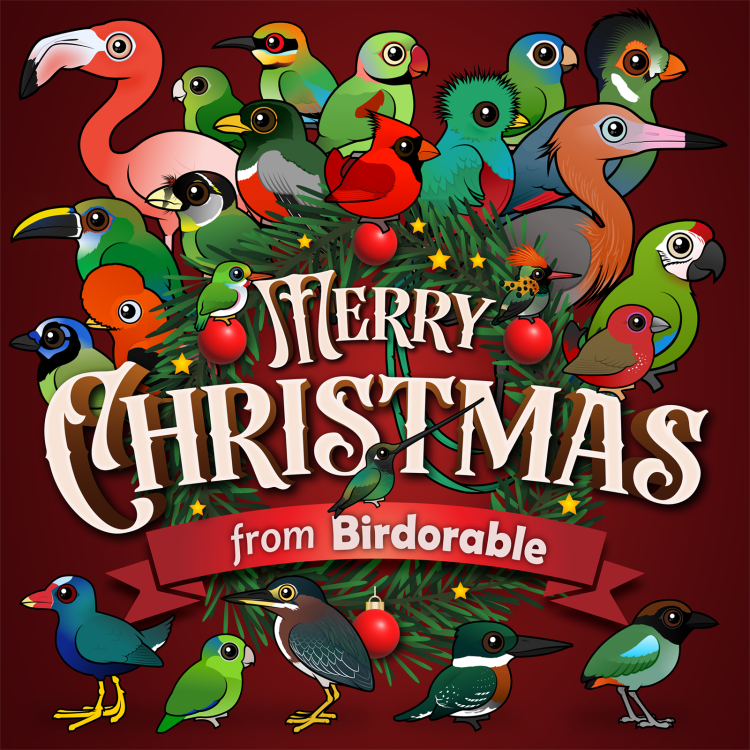Valentine’s Day is just around the corner, and what better way to celebrate your love for birds than with unique, adorable designs from Birdorable? For proud parrot parents, these fun Valentine’s-themed shirts and sweatshirts are perfect for showing your affection. With designs featuring Peach-faced Lovebirds, Cockatiels, and African Gray Parrots, there’s a style for avian enthusiasts who love these popular species. If you'd like to see a different species represented, please let us know!
The featured design with the Peach-faced (aka Rosy-faced) Lovebird says, "My [Lovebird] is my Valentine," paired with our sweet cartoon of a Rosy-faced Lovebird. It’s a perfect tribute to these charming little birds that symbolize affection and companionship. Known for their strong pair bonds, lovebirds are a natural fit for Valentine’s Day. This shirt lets you wear your love for your feathered friend on your sleeve!
We've go similar designs for fans of Cockatiels and African Gray Parrots! The Cockatiel design replaces the bird with a delightful cartoon Cockatiel, complete with its signature crest. Cockatiels are social, playful, and full of personality, making them an excellent Valentine for bird lovers. The African Gray Parrot design is equally captivating, featuring one of the most intelligent and charismatic parrots in the avian world. African Grays are known for their ability to mimic sounds and words, so it’s only fitting that they take center stage in a Valentine’s Day design celebrating love and communication.
Each of these designs is available on both t-shirts and sweatshirts, offering comfort and versatility. Whether you want a casual tee for a cozy Valentine’s Day at home or a sweatshirt to stay warm on a winter walk, you’ll find the perfect fit. The cheerful text and heart accents make these designs festive while still subtle enough to wear year-round.
These shirts and sweatshirts also make thoughtful gifts! If you know someone who adores their bird, gifting them a design that features their favorite species is a heartfelt way to show you care. It’s a fun way to combine Valentine’s Day spirit with their passion for birds.
So why not let your feathered friend be your Valentine this year? With designs for Peach-faced Lovebirds, Cockatiels, and African Gray Parrots, you can celebrate your love for birds in style. Check out these delightful shirts and sweatshirts and make this Valentine’s Day a special one for you and your avian companions!

















































































